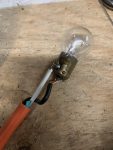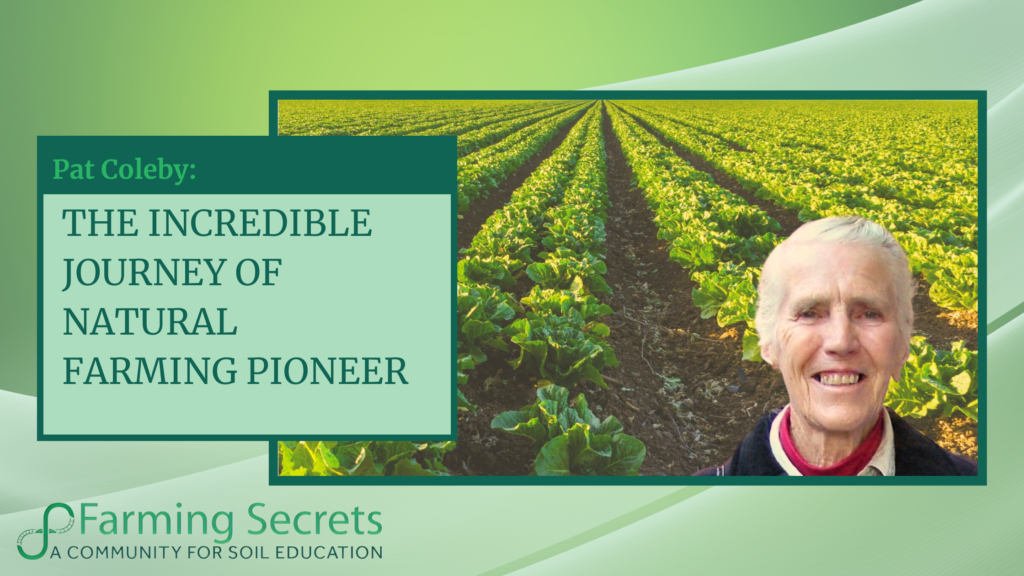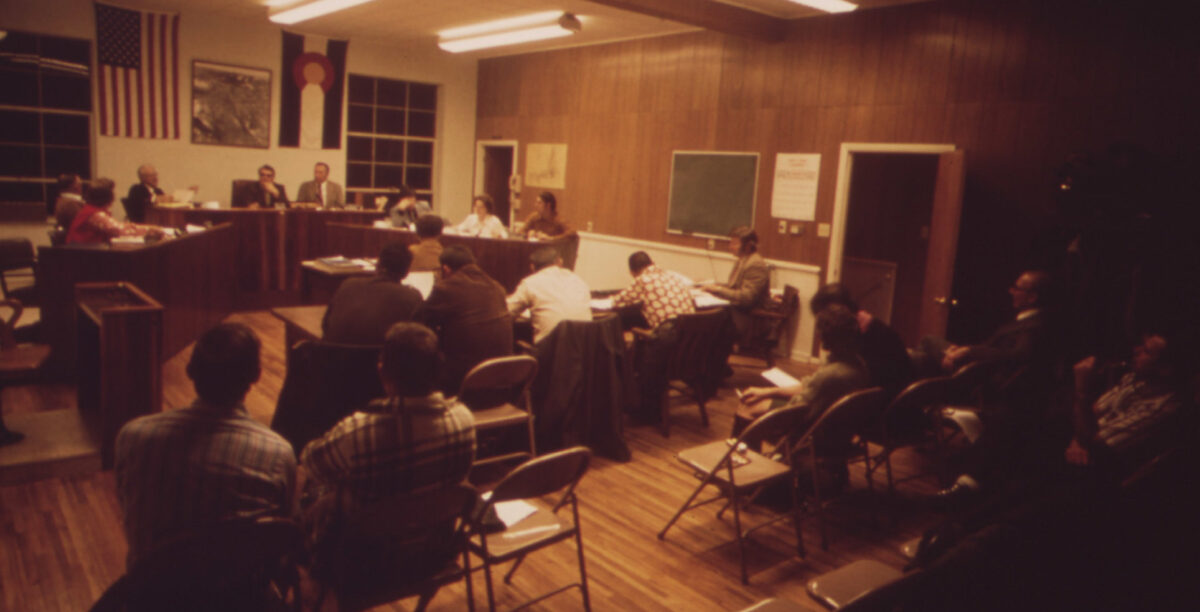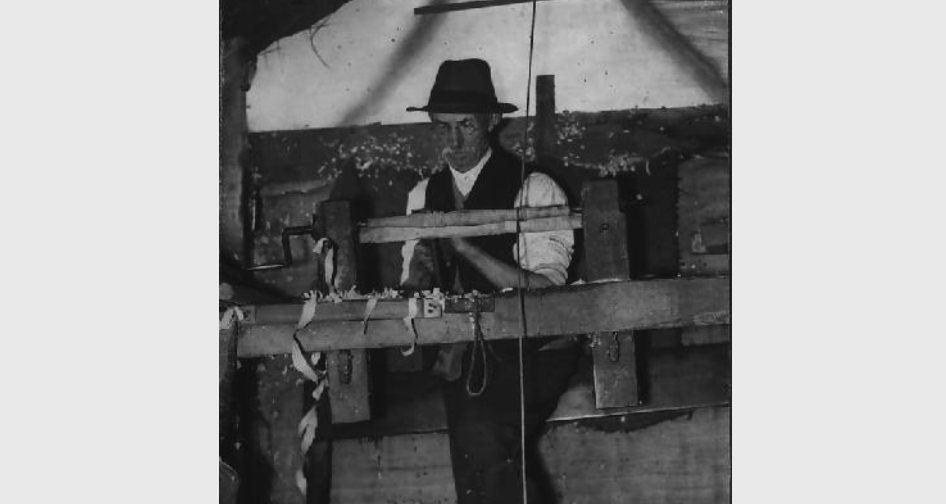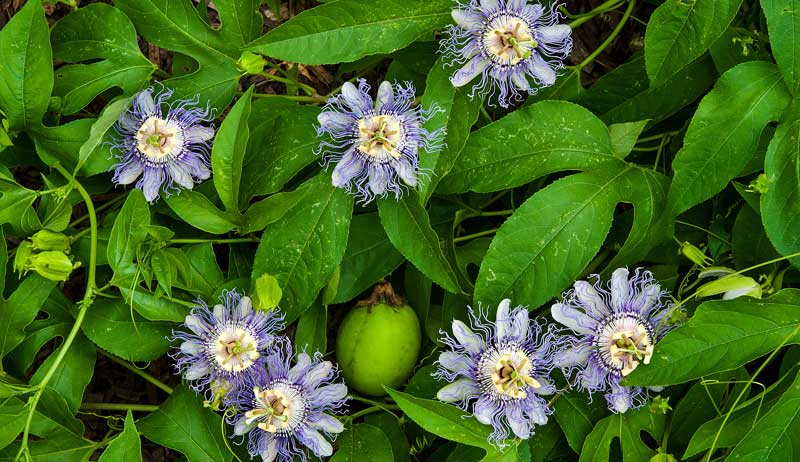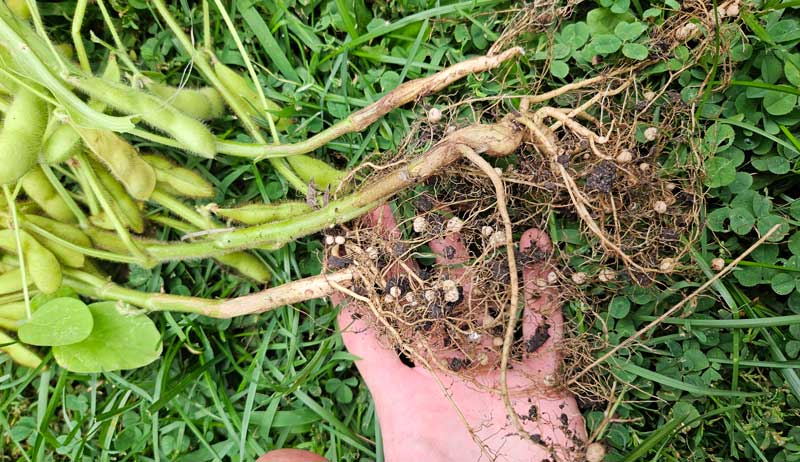Following our last blog post about Lady Eve Balfour, we received this story
from Gwyn Jones.
“As a young man, I went to England and Lady Eve picked me and my mother up and took us to her home.
She gave me the contact details for Alex Podolinsky and that is how I got involved with BD.
She asked me to literally pass the batten on and that led me to write Australia’s first commercial organic conversion course [16 days] in Gippsland over 20 years ago with Liz Clay.
Modern historical viewpoints are currently focusing on soil [healthy and then commercialisation to carbon sequestration]. I have done 106 talks on the above, but the reality is that the focus needs to be on plants that grow the topsoil and decomposing plants and their roots feeding the soil biology/earthworms/casting/water stable aggregates, etc.
They are the drivers of sustainable soil development. Savory talks about the importance of stock, but it is the plants that feed the stock in the first place.
Lady Eve was one of the first individuals to raise the issue of sustainability.
May I suggest that we have missed the link between sustainability and plant succession.
Historically humanity has exploited plant succession as a biological asset – one of Australia’s first exports were timber masts for sailing ships. In Australia, we literally have no natural red cedar as we have successfully harvested and removed this high-successional order plant.
Globally humanity has taken high-order plant successions [forests/grasslands etc] and through a process of unsustainable agriculture systems created an output of deserts and wastelands.
Consumers and governments are now starting to take note of what is occurring as countries are now literally counting the number of years of soil they have before they cannot feed themselves eg Britain’s 150 years.
Globally we need to advance plant succession and the first “natural” stage is pioneer weeds that have positive amplified feedback loops.
To work with nature, we need to first understand nature’s biological repair processes and utilise them.
In short, we need to learn to read the weed!
Learn from plants, even the plants the ones we place a negative value on.
So, Lady Eve did change the way I think and I am grateful to her for that.
Food for thought
Gwyn Jones
Pioneering Educator
26 years of independent consulting”


